Currently studying watercolor techniques with Karlyn Holman - today was abstract day. We worked with collage and watercolor for half the day and the other half of the day we learned to work with alcohol inks. Having a ton of fun!
- Alcohol inks on ceramic tile
- Alcohol inks on Yupo paper
- Alcohol inks on Yupo paper
- Mixed media and collage
- Mixed media and collage







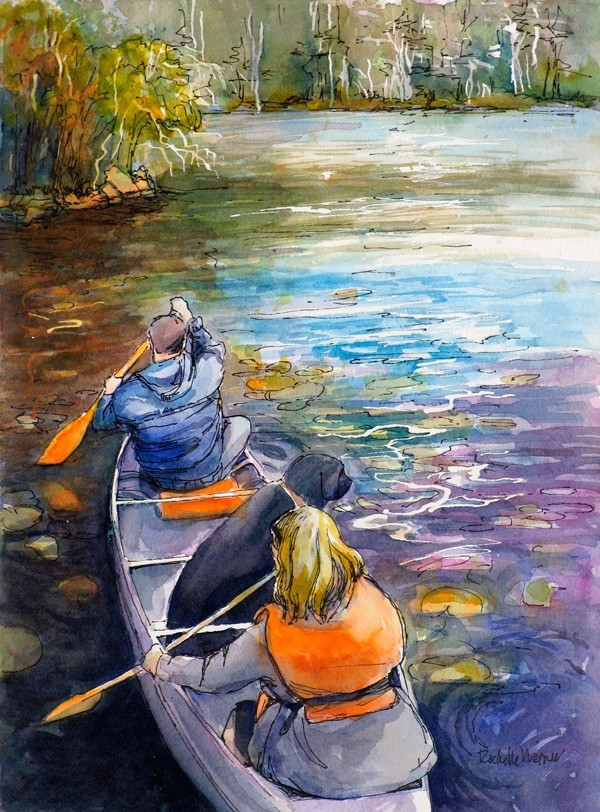
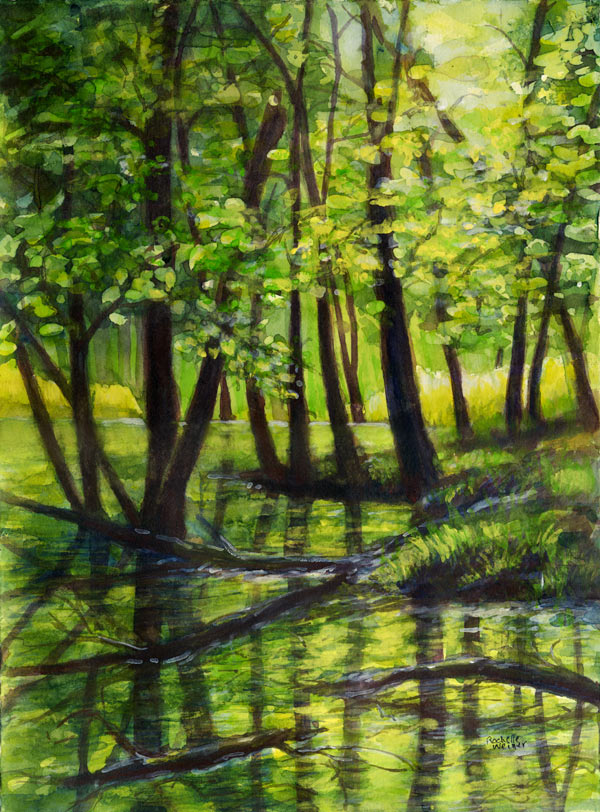

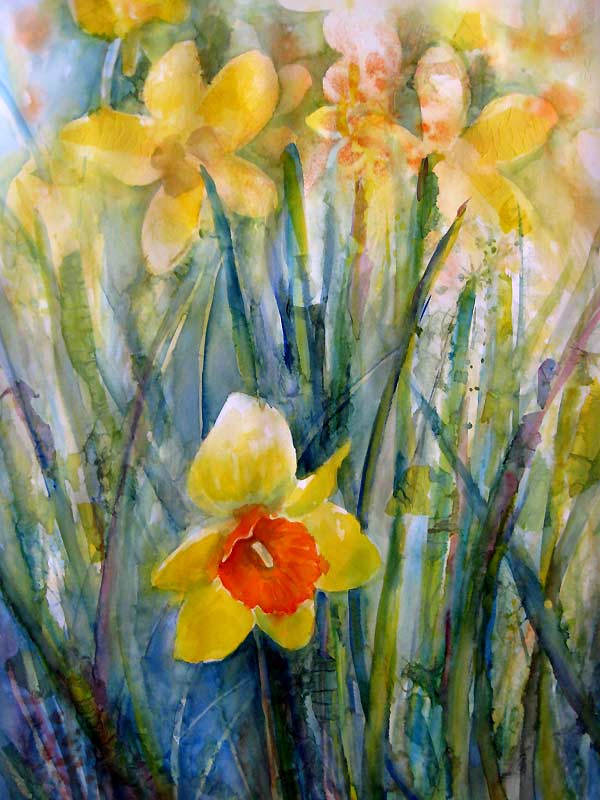
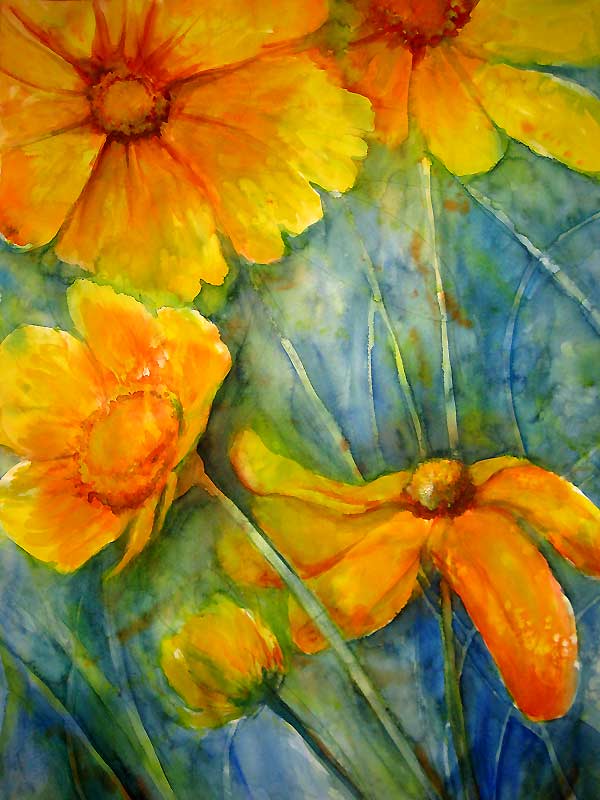
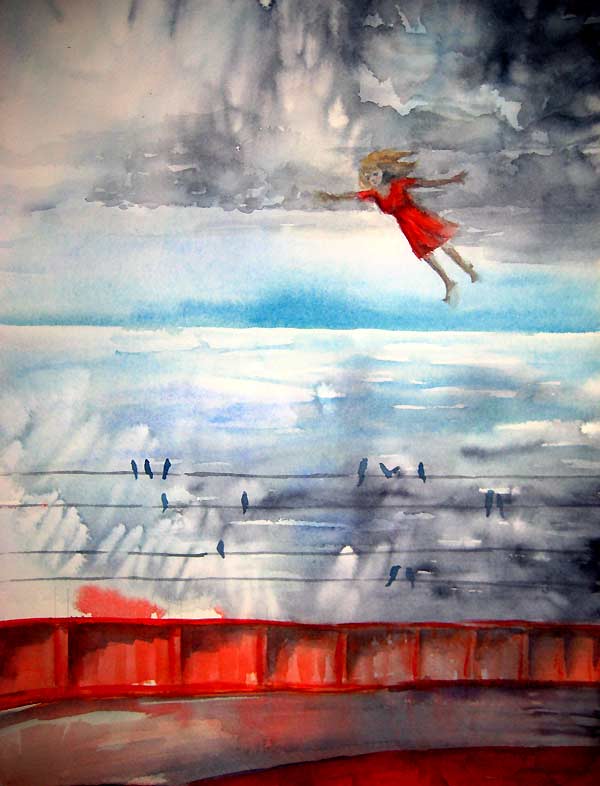

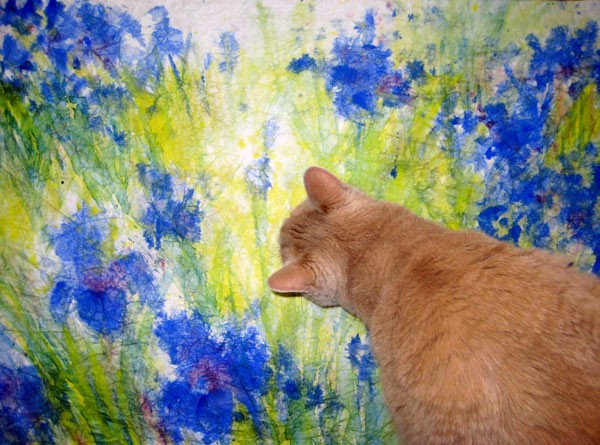
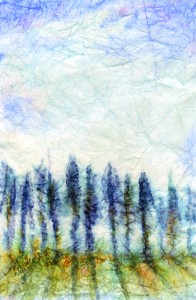
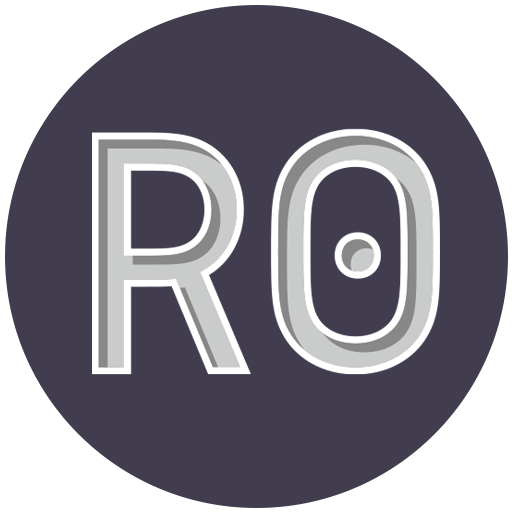
Recent Comments